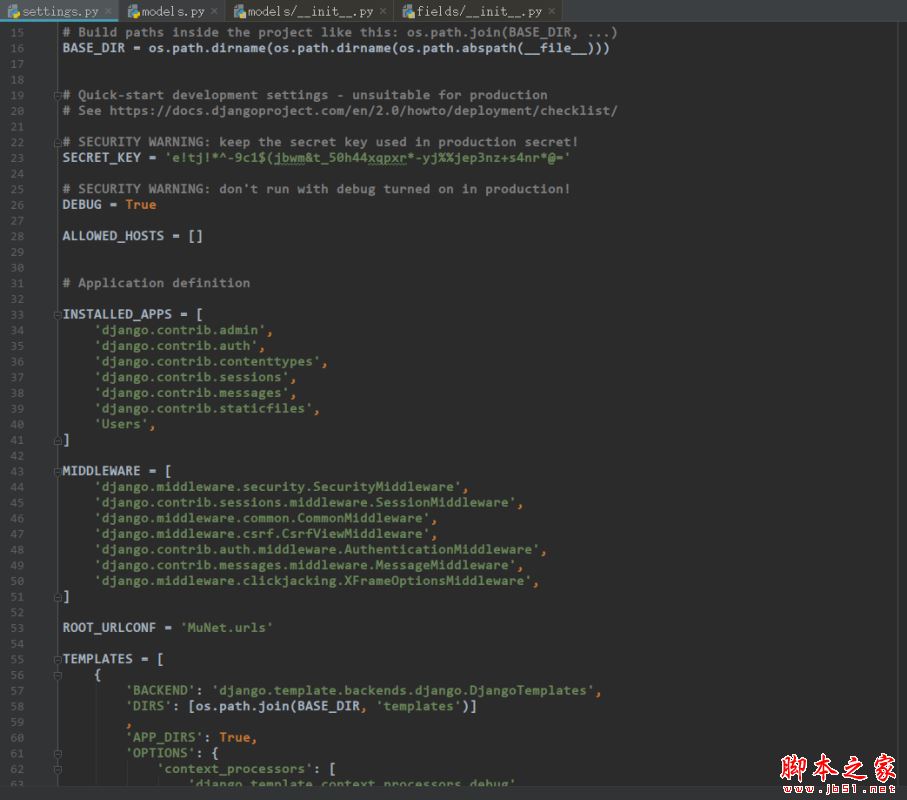python实现代码统计程序
本文实例为大家分享了python实现代码统计程序的具体代码,供大家参考,具体内容如下
# encoding="utf-8"
"""
统计代码行数
"""
import sys
import os
def count_file_line(path):
"""统计文件的有效行数"""
countLine = 0
# 设置一个标志位,当遇到以"""或者'''开头或者结尾的时候,置为False
flag = True
# 使用utf-8格式的编码方式读取文件,如果读取失败,将使用gbk编码方式读取文件
try:
fp = open(path, "r", encoding="utf-8")
encoding_type = "utf-8"
fp.close()
except:
encoding_type = "gbk"
with open(path, "r", encoding=encoding_type) as fp:
for line in fp:
# 空行不统计
if line.strip():
line = line.strip()
# 注意下面的这两个elif必须要前面,这样子当('"""')结束之后及时将flag置为True
if line.endswith('"""') and flag == False:
flag = True
continue
if line.endswith("'''") and flag == False:
flag = True
continue
if flag == False:
continue
if line.startswith("#!") or line.startswith("#-*-") or line.startswith("# encoding"):
countLine += 1
# 如果以“#”号开头的,不统计
elif line.startswith("#"):
continue
# 如果同时以("'''")或者('"""')开头或者结尾(比如:"""aaa"""),那么不统计
elif line.startswith('"""') and line.endswith('"""') and line != '"""':
continue
elif line.startswith("'''") and line.endswith("'''") and line != "'''":
continue
# 如果以("'''")或者('"""')开头或者结尾(比如:aaa"""或者"""bbb),那么不统计
# 注意下面的这两个elif必须要放后面
elif line.startswith('"""') and flag == True:
flag = False
continue
elif line.startswith("'''") and flag == True:
flag = False
continue
else:
countLine += 1
return countLine
def count_codes(path,file_types=[]):
"""统计所有文件代码行"""
# 判断path是目录还是文件,如果是目录的话,遍历目录下所有的文件
if not os.path.exists(path):
print("您输入的路径不存在!")
return 0
countTotalLine = 0
file_paths = {}
if os.path.isdir(path):
for root,dirs,files in os.walk(path):
for name in files:
if not file_types:
file_types = ["txt","py"]
# print(file_types)
if os.path.splitext(name)[1][1:] in file_types:
file_path = os.path.normpath(os.path.join(root,name))
# print(file_path)
file_lines = count_file_line(file_path)
countTotalLine += file_lines
file_paths[file_path] = file_lines
else:
if not file_types:
file_types = ["txt","py"]
if os.path.splitext(path)[1][1:] in file_types:
countTotalLine = count_file_line(path)
file_paths[path] = count_file_line(path)
return countTotalLine,file_paths
if __name__ == "__main__":
# 打印出命令行输入的参数
# print(sys.argv)
if len(sys.argv) < 2:
print("请输入路径!")
sys.exit()
path = sys.argv[1]
# print(path)
file_types = sys.argv[2:]
# print(file_types)
print(count_codes(path,file_types))
以上就是本文的全部内容,希望对大家的学习有所帮助,也希望大家多多支持【听图阁-专注于Python设计】。
